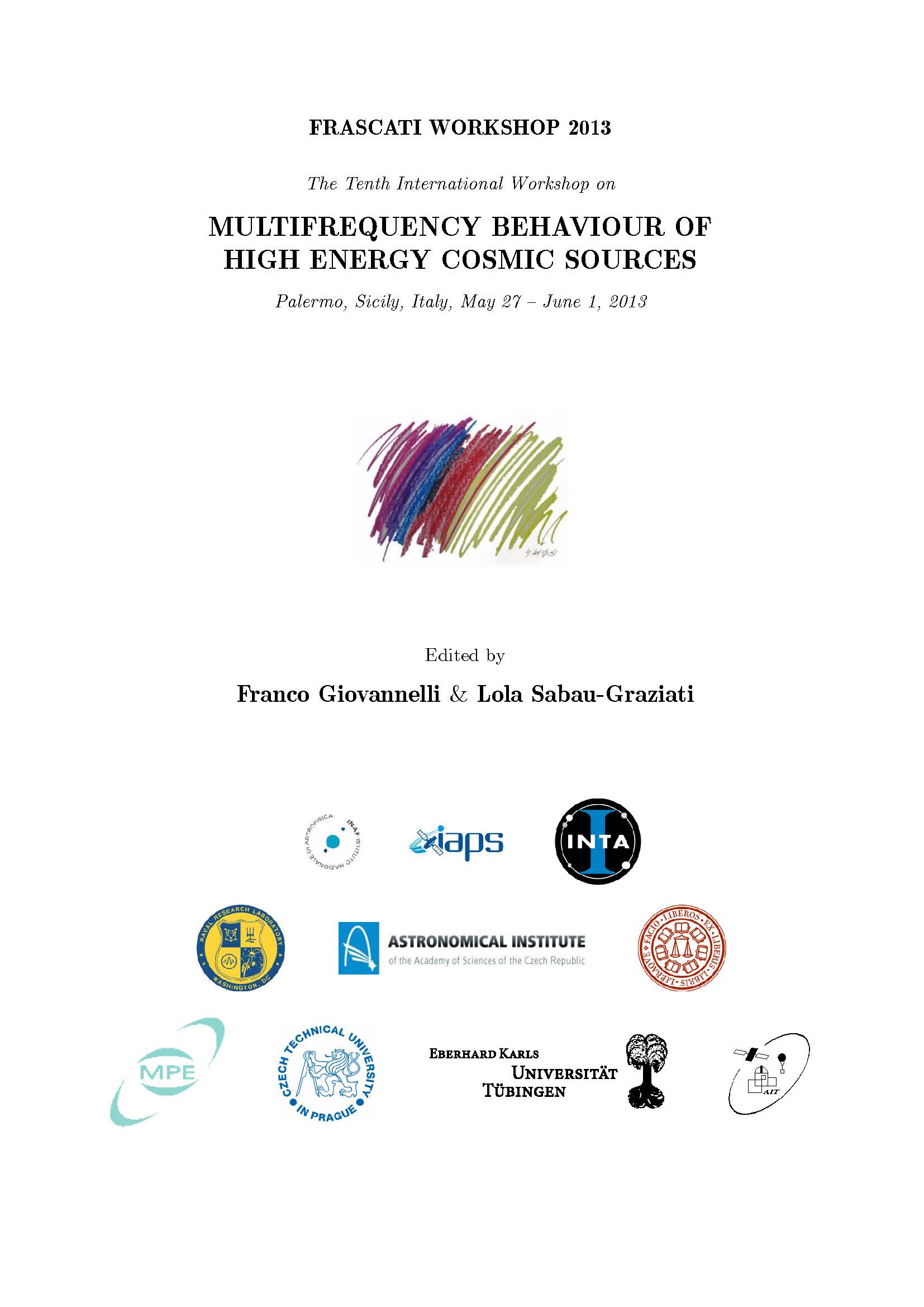AGILE Highlights after Six Years in Orbit
DOI:
https://doi.org/10.14311/APP.2014.01.0157Abstract
AGILE is an ASI space mission in collaboration with INAF, INFN and CIFS, dedicated to the observation of the gamma-ray Universe in the 30 MeV - 50 GeV energy range, with simultaneous X-ray imaging capability in the 18-60 keV band. The AGILE satellite was launched on April 23rd, 2007, and produced several important scientic results, among which the unexpected discovery of strongares from the Crab Nebula. This discovery won to the AGILE PI and the AGILE Team the Bruno Rossi Prize for 2012 by the High Energy Astrophysics division of the American Astronomical Society. Thanks to its sky monitoring capability and fast ground segment alert system, AGILE detected many Galactic and extragalactic sources: among other results AGILE discovered gamma-ray emission from the microquasar Cygnus X-3, detected many bright blazars, discovered several new gamma-ray pulsars, and discovered emission up to 100 MeV from Terrestrial Gamma-Ray Flashes. We present an overview of the main AGILE Data Center activities and the AGILE scientic highlights after 6 years of operations.
Downloads
Published
Issue
Section
License
Copyright notice
Authors who publish with this journal agree to the following terms:
1. Authors retain copyright and grant the journal the right of the first publication with the work simultaneously licensed under a Creative Commons Attribution License that allows others to share the work with an acknowledgement of the work's authorship and initial publication in this journal.
2. Authors are able to enter into separate, additional contractual arrangements for the non-exclusive distribution of the journal's published version of the work (e.g., to post it to an institutional repository or to publish it in a book), with an acknowledgement of its initial publication in this journal.
3. Authors are permitted and encouraged to post their work online (e.g., in institutional repositories or on their website) prior to and during the submission process, as it can lead to productive exchanges as well as earlier and greater citation of the published work (See The Effect of Open Access).


